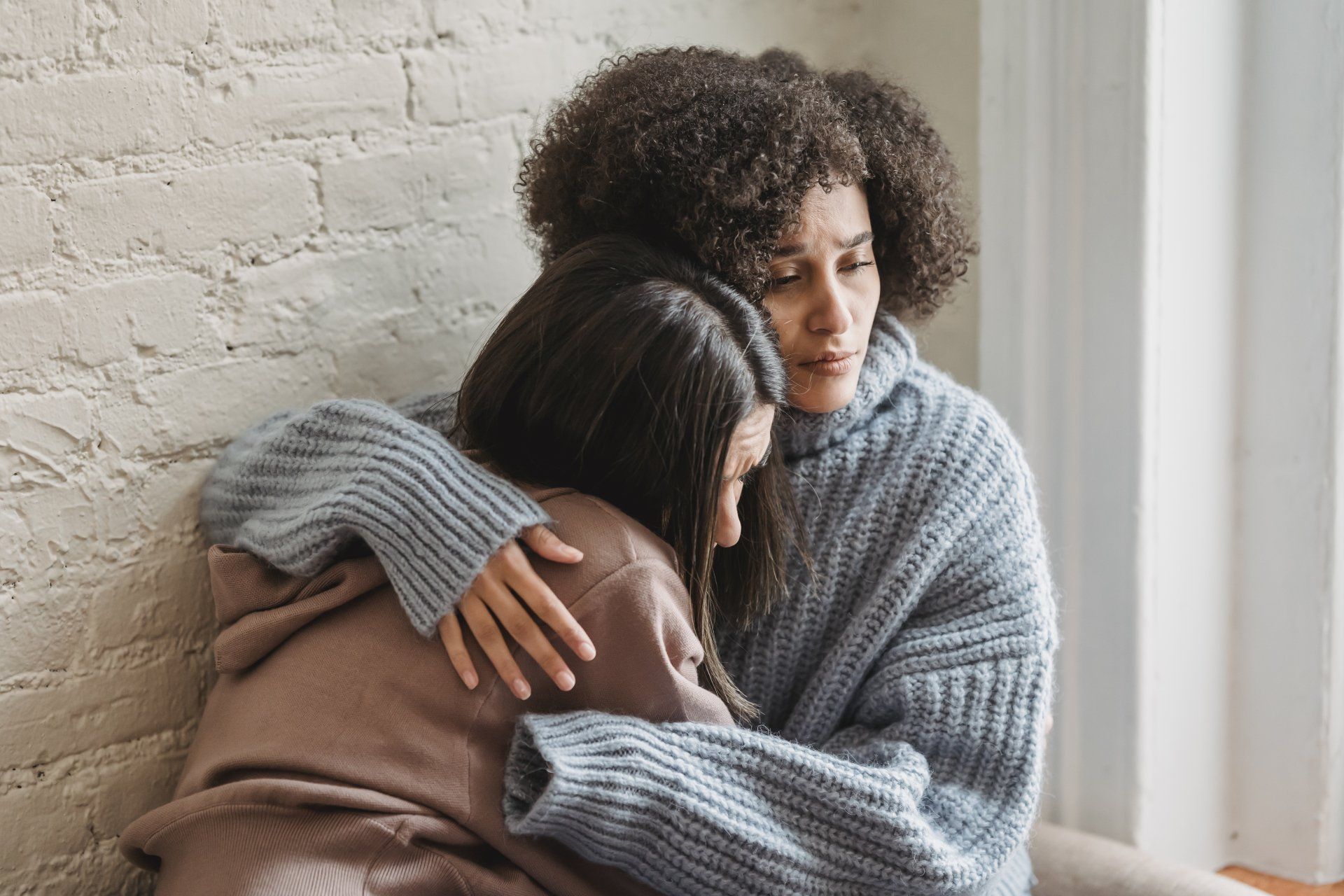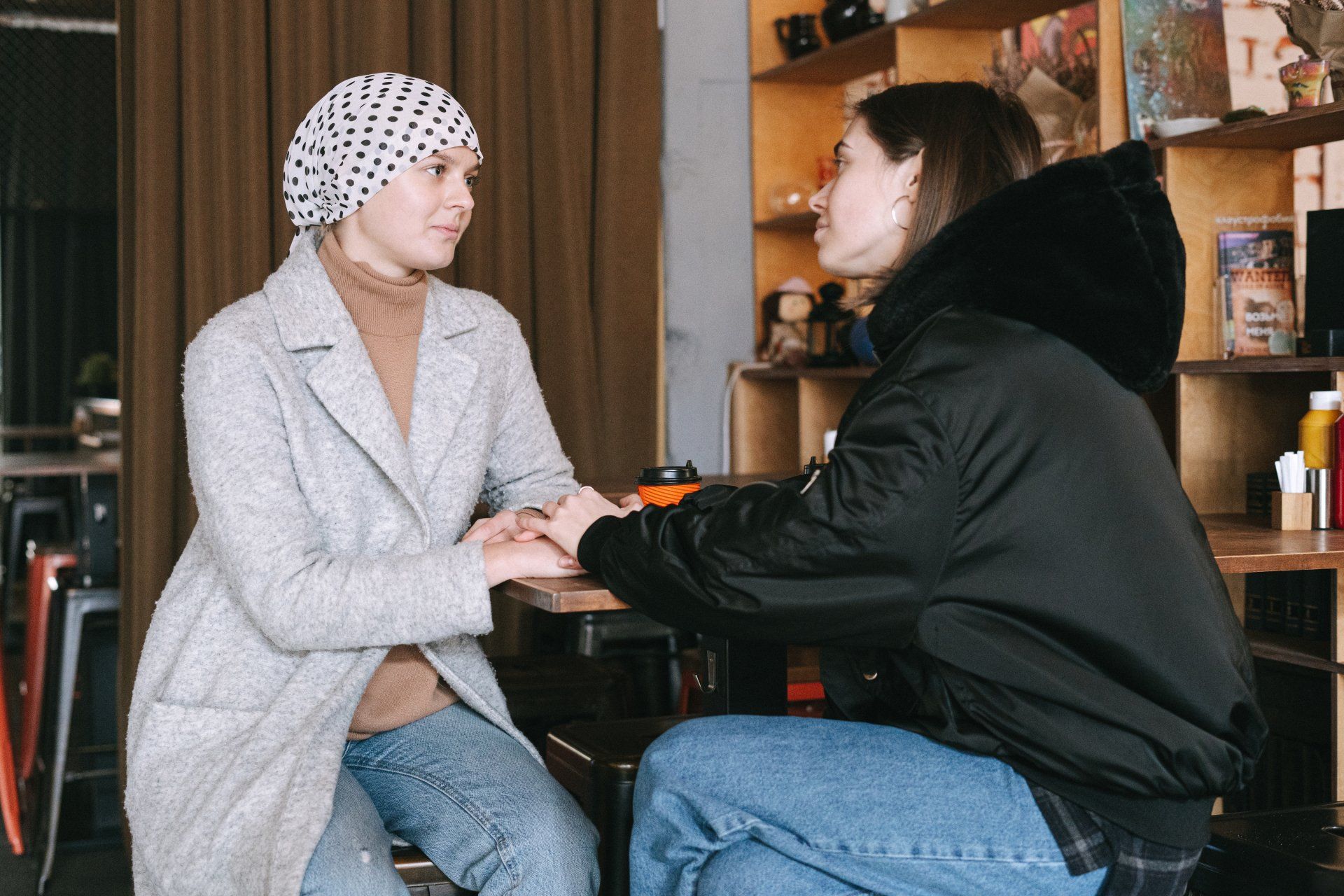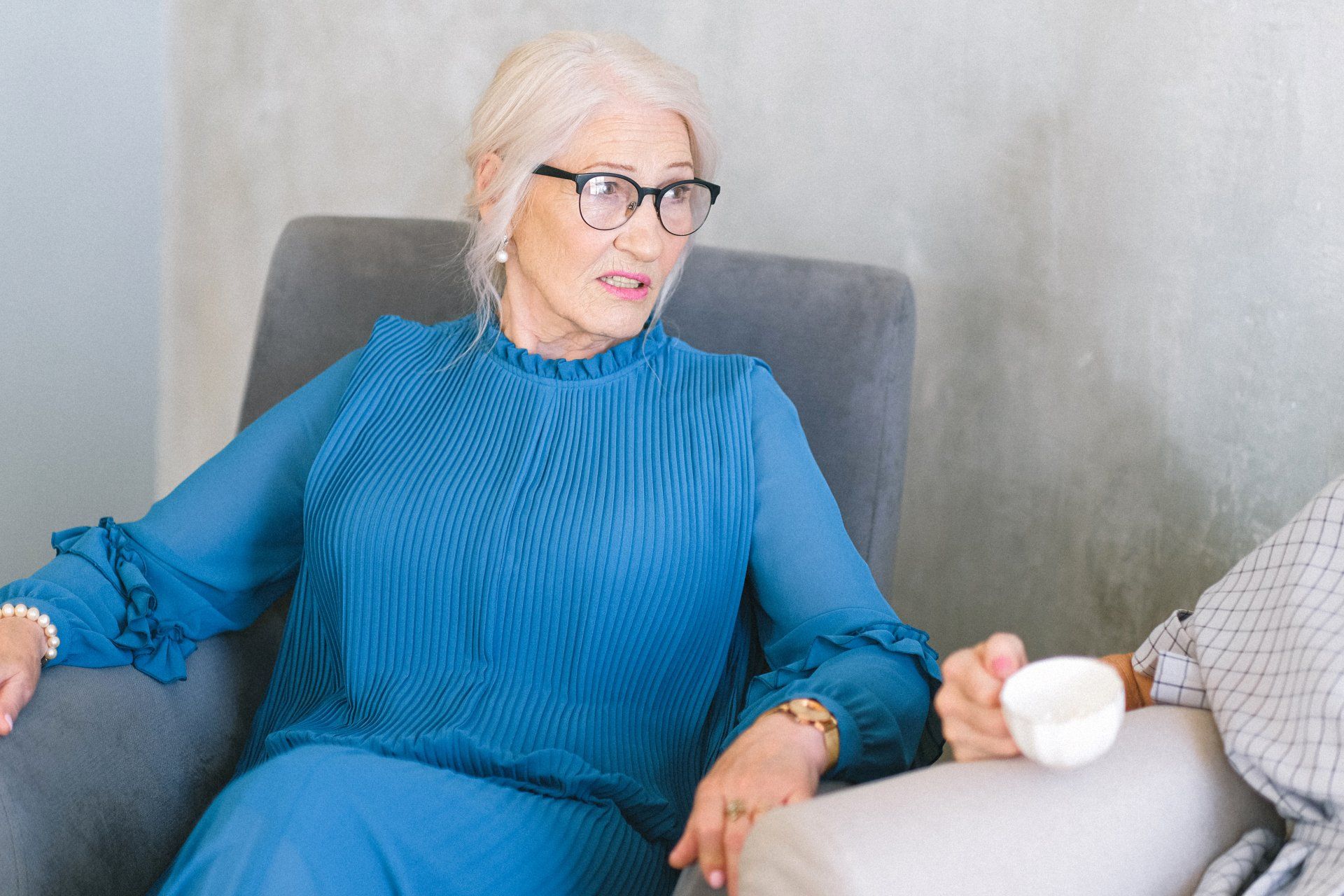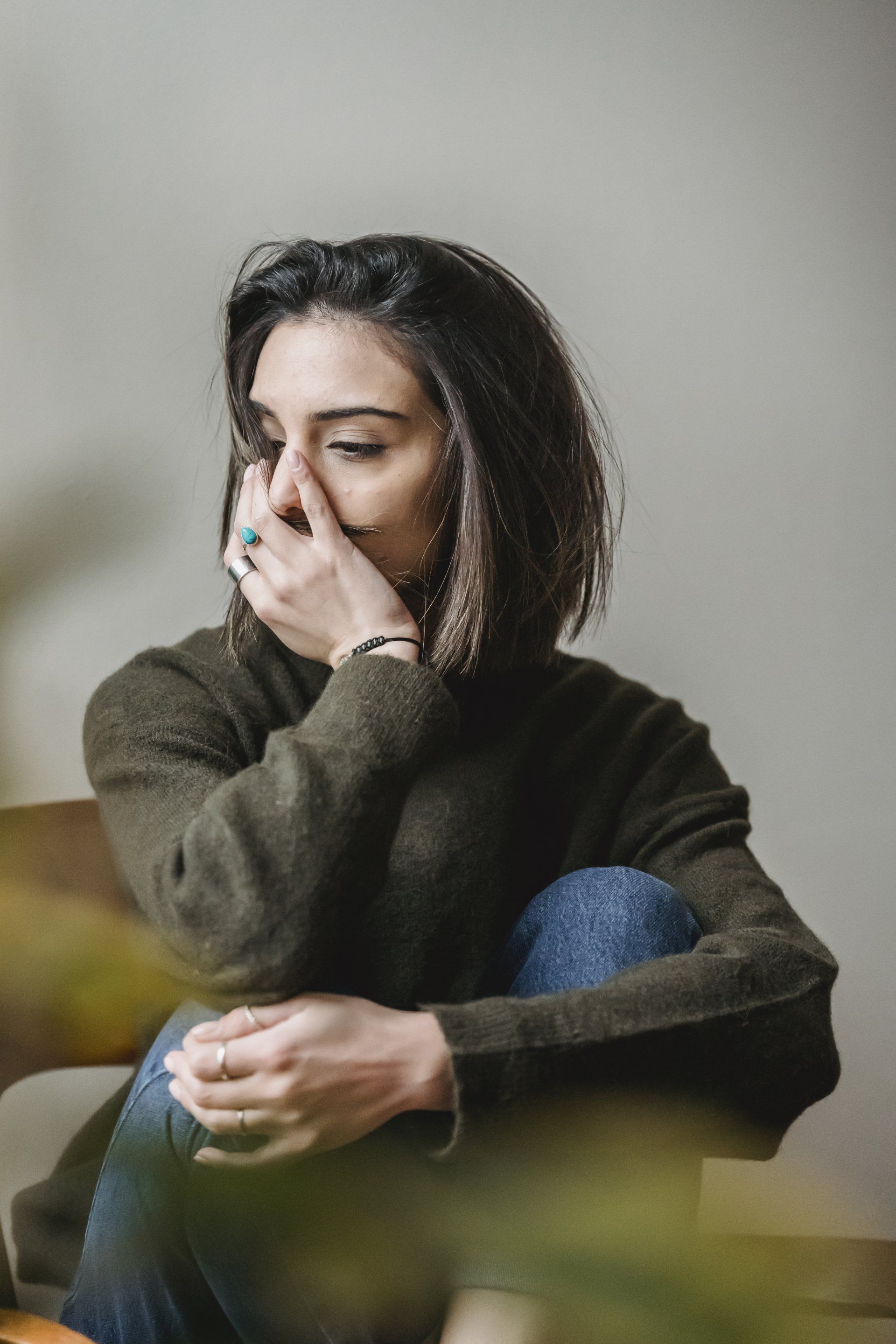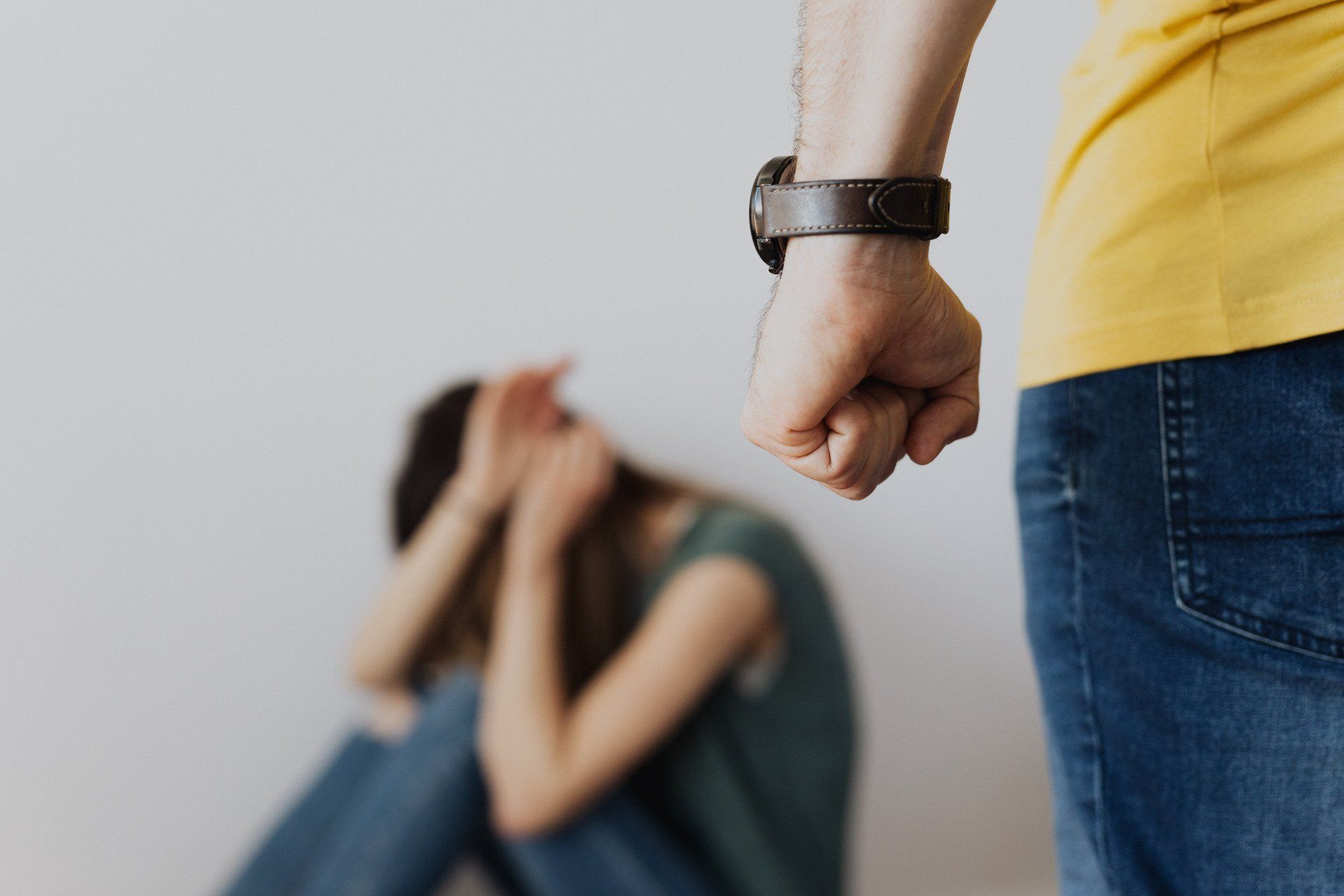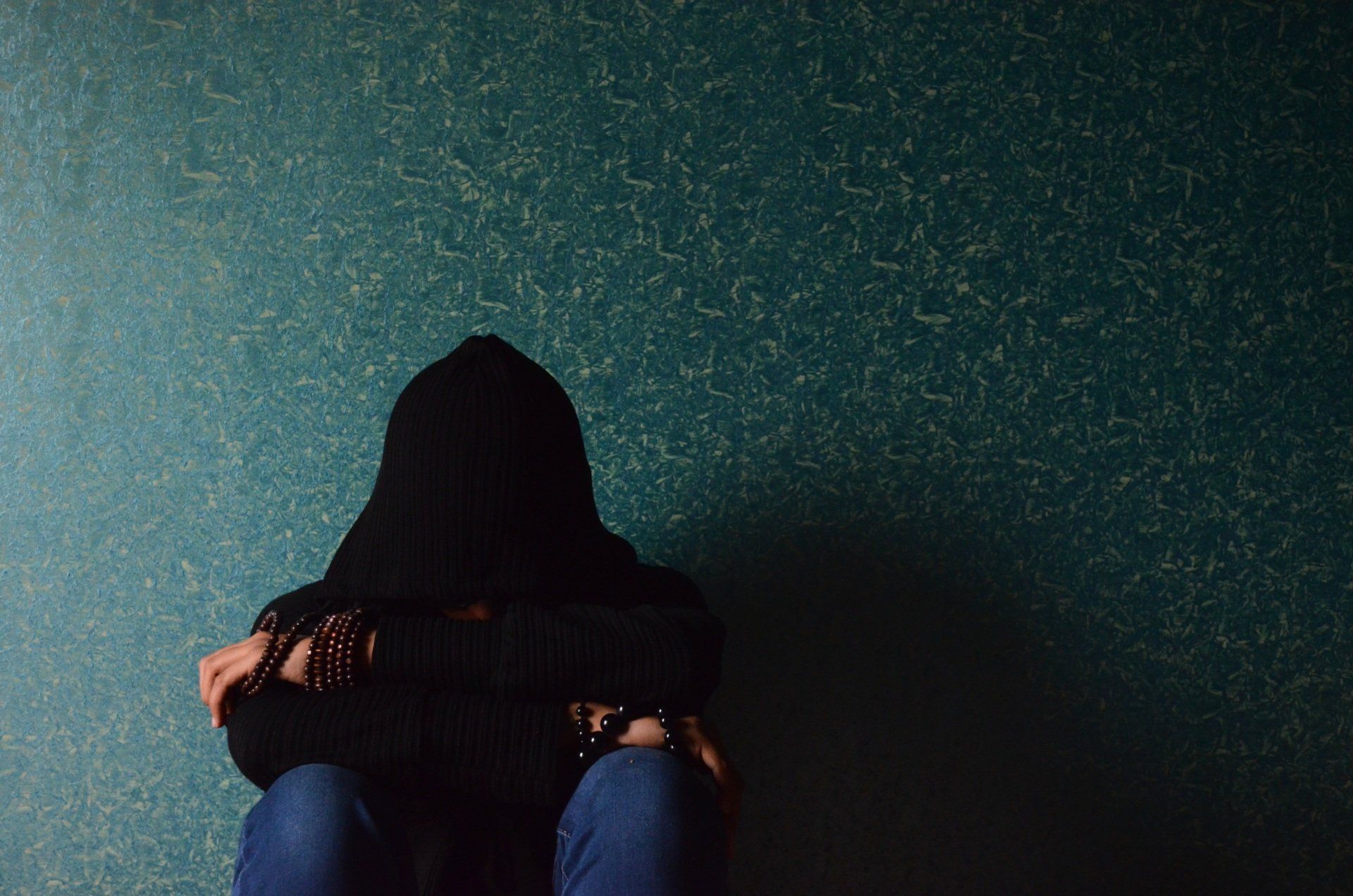Non Clickable Image
Fully Fund and
Staff with Trained People,
Women's Centres
Fully Fund and Staff with Trained People, Women Centres
Saves Budgets of:
- local authorities (47%),
- the Ministry of Justice (17%),
- the NHS (15%),
- the Police (10%),
- the Department for Work and Pensions (9%) and
- HM Revenue and Customs (2%)
(Source: Women in Prison Report)
Not Probation Staff, as Probation will no longer exist under an
Over 50s (saves all ages) party.
AIDS IN REHABILITATION AND AGAINST RE-OFFENDING
The importance of women’s centres as ideal locations in which to provide holistic services for
low-risk women offenders with complex needs was first recognised in Baroness Corston’s report Women with Vulnerabilities in the Criminal Justice System
(Corston, 2007).
The review identified the value of community-based alternatives to prison and recommended their expansion nationally.
Re-offending among those accessing women centred support was cut to less than 5%.
Source - Women at the Centre,
an impact report by the
Centre for Welfare Reform
(Duffy and Hyde, 2011)
Women centred help instead of prison
Most public services regard themselves as providing ‘gender neutral’ services which often fail to meet women’s needs.
In some, women and girls will be in a minority and so receive services designed largely with men’s needs in mind.
While both genders may face multiple disadvantages, women are much more likely to have experienced domestic abuse and sexual violence and be the main carers for children.
In recognition that women’s needs are different from men’s and, that non-gender specific services can be positively damaging to some women, Women’s Centres provide women only spaces.
By integrating and tailoring services around women’s specific needs, women centred ways of working can get to the root causes of, and help unlock solutions to, complex problems facing women with multiple disadvantages (Caroll and Grant, 2014).
Women Centre's work continues to be underpinned by a commitment to addressing gender discrimination and all forms of inequality.
Women may be dealing with multiple issues at any one time, such as:
- Homelessness
- Involvement in prostitution or sexual exploitation
- Mental health problems
- Domestic violence
- Drug and alcohol problems
- Contact with the criminal justice system
Some groups of women experience greater inequality and marginalisation as a result of being both female and enduring the impacts of racism, homophobia and disabilism.
(Admin Grey Swans adds Ageist Misogyny to that list from age 50).
Therefore, Women’s Centres’ services led by and for specific communities of women such as:
- black,
- Asian and
- minority ethnic women,
- lesbian,
- older and
- younger women,
- lone mothers,
- mental health survivors etc.)
are crucial.
Women’s Centres are often able to reach women who would not otherwise engage with services, either in the public or third sectors.
Mainstream service delivery models do not address the complexity of many women’s lives.
To get support, women may need to access multiple and often fragmented services across a range of organisations in different locations.
Mainstream services rarely have staff whose training ensures they have an in-depth understanding of
the impacts of inequalities, violence and abuse on women’s lives.
Women’s Centres can provide a ‘one stop shop’ for access to information and support across:
- health,
- debt,
- employment,
- legal issues,
- training
- education
DISCRIMINATION AGAINST WOMEN
Women have fewer economic assets than men and limited participation in influencing economic and social policies.
Women also perform the bulk of childcare and household work and have less access to education and economic opportunities than men in their societies (UN Women, n.d.).
Despite some important increases in women’s equality in the 20th Century it is still the case that women in Britain are likely to:
• Earn less money than men
• Undertake certain kinds of paid work (e.g. lower paid, personal services)
• Enjoy less progression at work
• Have less freedom and leisure than men
• Spend more time looking after people
(McNeish and Scott, 2014)
History of Women Centres
Women’s Centres first appeared in the 1970s to provide a local base for campaigning, consciousness raising and to house support services such as
incest survivor groups and Rape Crisis Helplines.
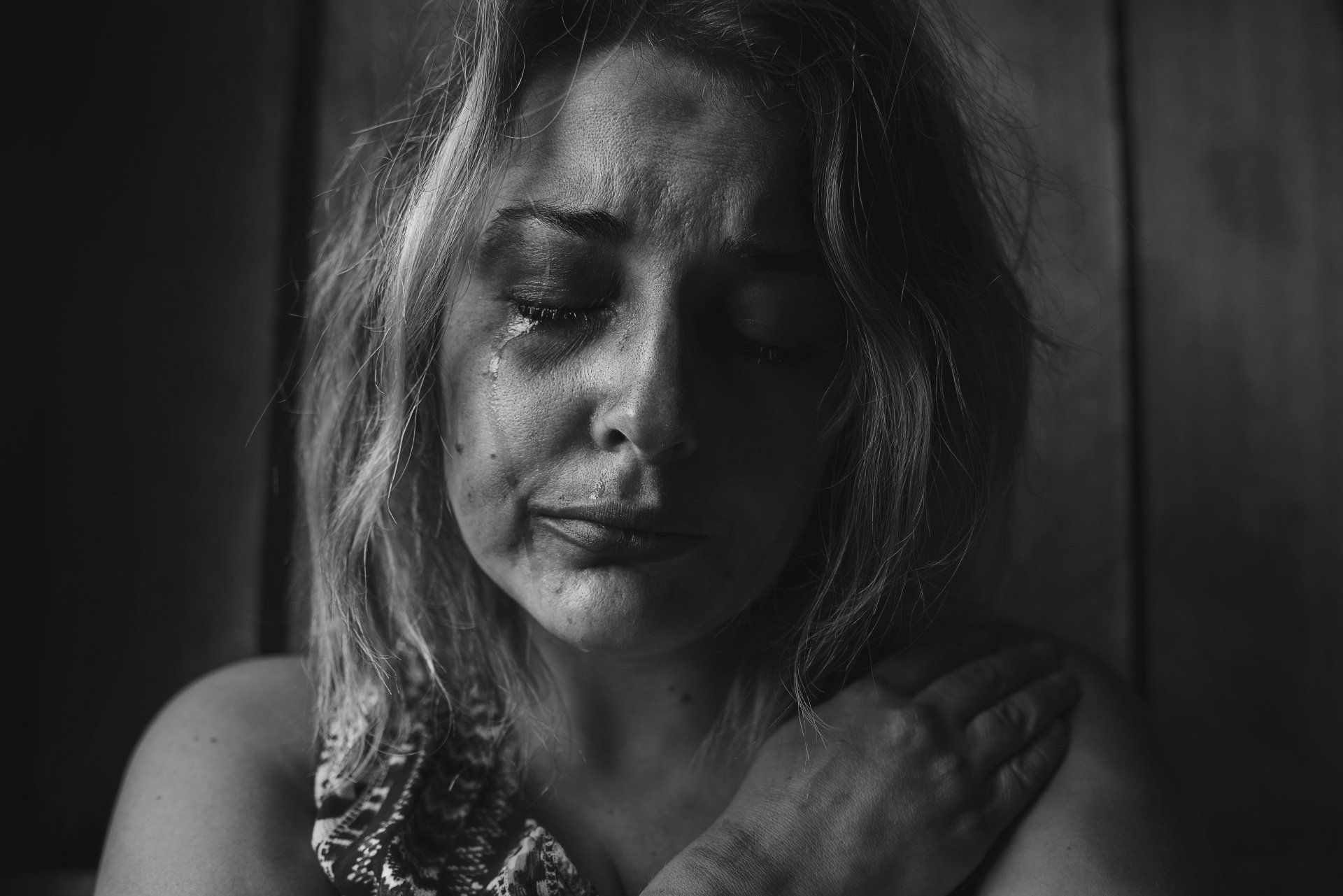
Modern Politics is Still Misogynist
The values and approaches informing the delivery of women centred working are as important as the delivery itself.
Women’s Centres use a gendered and ‘trauma informed’ approach which recognises the wider socio-political influences in women’s lives.
This approach recognises that the trauma of abuse is a significant factor for many women, but that a variety of other experiences resulting from racism, poverty, being gang involved, losing a child to care or going to prison can also result in trauma.
Taking account of trauma and addressing the psychological impact of this is therefore vital if services are to meet women’s often complex needs. (Caroll and Grant, 2014).
The idea that people’s needs are better met when they are involved in creating solutions as equal and reciprocal
partners, is central to this approach.
Staff may also play a key role in advocating with external agencies (e.g. local safeguarding teams) on behalf of
women and raising the awareness of
gender-specific needs amongst other professionals.
What are the Services of Women Centres?
Services and activities provided by Women’s Centres vary according to the needs of their community, but
often include:
- One to one holistic support
- Drug and alcohol support
- Counselling and psychotherapy
- Domestic Abuse programmes
- Group work
- Courses and workshops
- Drop in sessions
- Sign-posting to other services / sources of support
Feedback from women suggests that women value support provided in women’s spaces highly and that this is crucial to facilitating emotional and physical safety for women, especially those who have experienced violence or abuse (McNeish et al, 2016).
In Britain there are an estimated one million women who are both in poverty and have experience of extensive
violence and abuse in their lives (McManus and Scott, 2016).
It is women who experience the most extensive abuse and violence who are most likely to face other adverse circumstances such as poor mental and
physical health, disability, substance dependence, poverty and debt, poor housing and homelessness (Scott
and McManus, 2016).
Women facing such multiple disadvantage need services which understand the
whole picture of these interrelated issues.
Sources: Tavinstock Institute (a British not for profit)
And David Hencke Blog headed:
Scandal of the Ministry of Justice’s £200 million plan to imprison more women while providing a tenth of the cash to keep them out of jail
Posted on October 10, 2022
